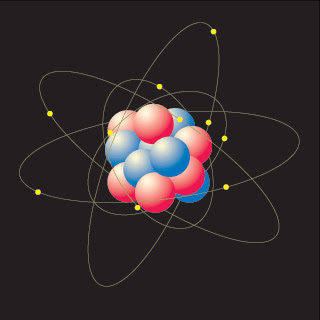 oroastrian celebration of the Winter Solstice around Dec. 21st. Most Midwinter celebrations fall around the time of the Winter Solstice and share stories that revolve around the victory of light over darkness and the rebirth of the Sun. And Yalda is no exception.
oroastrian celebration of the Winter Solstice around Dec. 21st. Most Midwinter celebrations fall around the time of the Winter Solstice and share stories that revolve around the victory of light over darkness and the rebirth of the Sun. And Yalda is no exception.Yalda means birth. It is used interchangeably with Shab e Cheleh' a Zoroastrian celebration of the Winter Solstice around Dec. 21st. Most Midwinter celebrations fall around the time of the Winter Solstice and share stories that revolve around the victory of light over darkness and the rebirth of the Sun. And Yalda is no exception.
Yalda is a festival that is thought to have been adopted by the Persians from the Babylonians. The last day of the Persian month of Azar is the longest night of the year, when the forces of Ahriman or darkness are thought to be at their peak. The next day which is the first day of the month called Day is known as khoram rooz or khore rooz which means the day of the sun. This day belongs to the creator Ahura Mazda, the Lord of Wisdom. With the return of the sun, the days get longer and the nights get shorter, which means that the sun has once again won a victory over the darkness.

Fires would burn all night in order to guarantee that Ahriman was defeated. Feasting, acts of charity, and deity worship were all a part of Yalda. Prayers to Mithra, the Sun God were sent heavenward to ensure that the Sun would rise with the "light of the early morning." It was thought that at this special time, Ahurz Mazda would grant wishes, especially to couples who wished to blessed with children.
During the festival masters and servants would reverse roles. A mock king was crowned and festivities abounded. The belief in the Persian culture at that time was that the first creation was order that came out of chaos. Therefore, roles were reversed and disorder and chaos reigned until the end of the festival. In fact, the Roman festival of Saturnalia was borrowed from the festival of Yalda at a later date.
Yalda is more of a social occasion than a festival. Friends and families visit one another for poetry readings from the poems of Hafez, a 14th century poet who still has a large following in Iranian households. It is tradition to make a wish, open a page of his poems randomly and look for the answer to the wish in that particular poem. Dried nuts, seeds and fresh winter fruits are popular fare at this time.
Family members would gather around a specially designed short wooden table covered with large quilts and blankets under which a small charcoal fire is burning. This table was called the corsi. Everyone would curl up underneath and even ate and slept there. In modern times, electrical heaters have replaced the corsi, but the tradition is still kept alive.
It seems ironic to me that at this time of year, when both of our countries are celebrating the return of the light, and coming together as family and friends, that w
 e can be at war with one another. When I think of a family in Iran curled up together under the corsi, listening to grandparents tell tales of long ago, I can superimpose a family in America, sitting in front of a lighted Christmas tree, listening to grandparents tell tales of long ago. It is not those families that are in dispute with one another. We are not at war. We are human being sharing a night of love and wisdom with our families. Isn't it a shame that a conflict caused by politics, and a very tiny portion of a population can wreak such chaos?
e can be at war with one another. When I think of a family in Iran curled up together under the corsi, listening to grandparents tell tales of long ago, I can superimpose a family in America, sitting in front of a lighted Christmas tree, listening to grandparents tell tales of long ago. It is not those families that are in dispute with one another. We are not at war. We are human being sharing a night of love and wisdom with our families. Isn't it a shame that a conflict caused by politics, and a very tiny portion of a population can wreak such chaos?Love, Light, Happy Yalda and Merry Christmas.





































